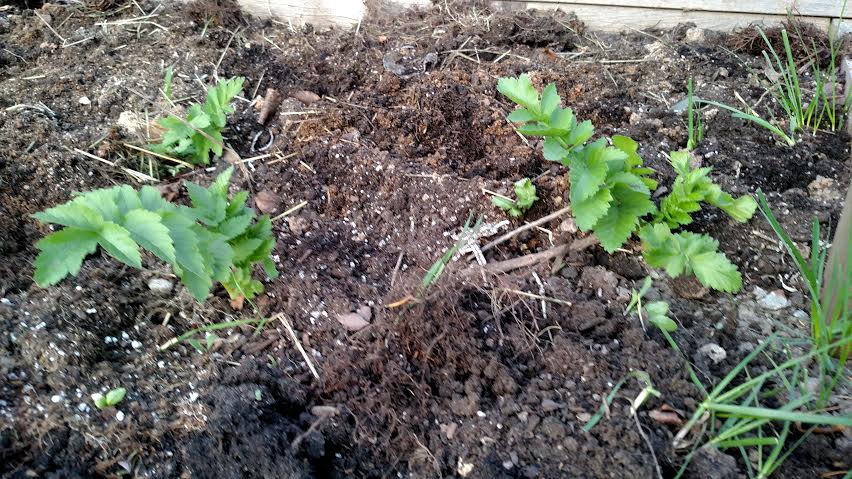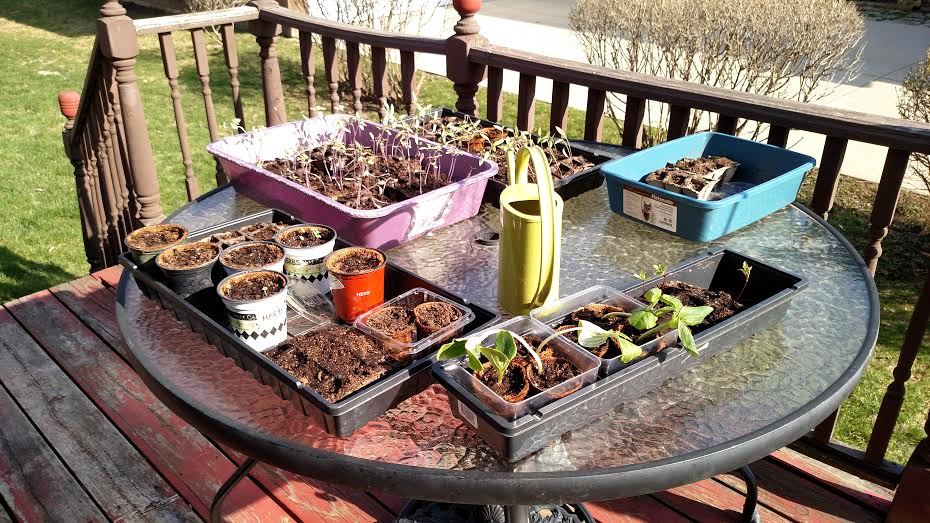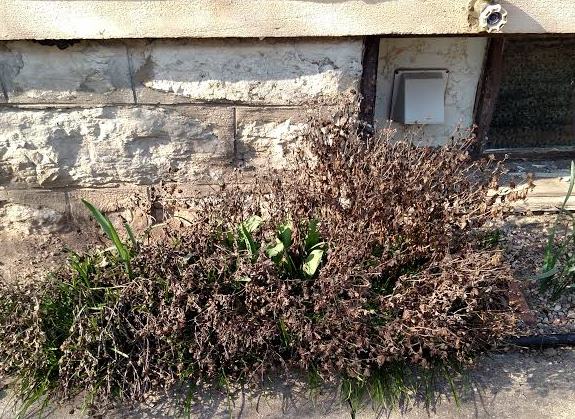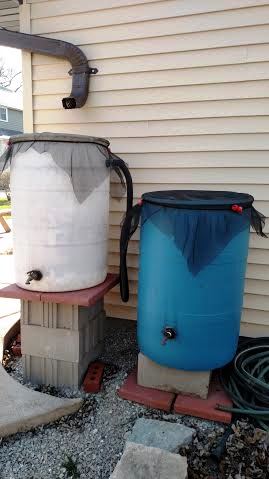The magic date for planting in my zone usually falls on Memorial Day. The forecast has been cooperative lately, so I started quite a bit already. I’m waiting a few more days with the tomatoes and peppers; they didn’t start well from seed this year. Better soil or better starter pots might be the answer – next year. For now, they get a little more time in pots on the deck before I measure the grid and insert the seedlings into the soil.
Square foot gardening gives me a lot of food in a relatively small space. So far, I’ve planted lettuces, spinach, parsley, peas, broccoli, and root crops: carrots, parsnips, radishes, turnips. It sounds like a lot – and if all of it comes up, there will be a lot of fresh vegetables around the O.K. Chorale.
The plot behind the new garage is restarting, really. I have a small parsley bed back there (bunny food!), and the raspberries are coming back nicely. In a year or two, I’ll have a significant raspberry patch again. I(hopefully!) protect the seedlings from the wild bunnies.
The onions and garlic that I planted last fall are coming up well. I finally figured out which was which, too. The garlic is almost ready to harvest. I’ll definitely do this again next fall: plant the bulbs, and then let them lie dormant during the winter and grow as soon as the ground thaws in the spring.
I just heard a grizzled old off-grid guy on television say, “When you live this isolated and off grid, there are two seasons: winter and getting ready for winter.” Here in the city neighborhoods, we do some of that preparation. I don’t need to chop wood, but I do grow and can and freeze a lot of goodies during the “Getting ready for winter” season. The big difference here is how relaxing and enjoyable the prep time can be.
Pictures, you ask? Later. I promise.





